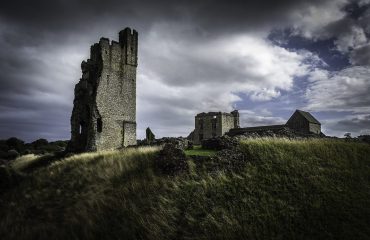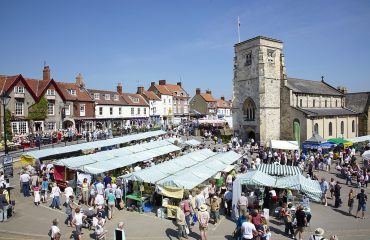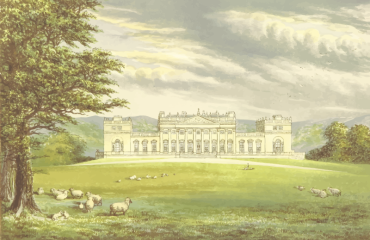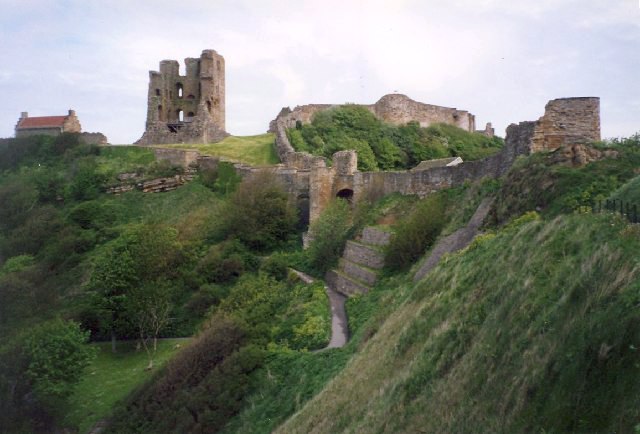
Scarborough castle is a mediaeval royal fortress on a rocky outcropping overlooking the north sea and Scarborough. Previously being a roman signalling station and settlements throughout the ages
Early History
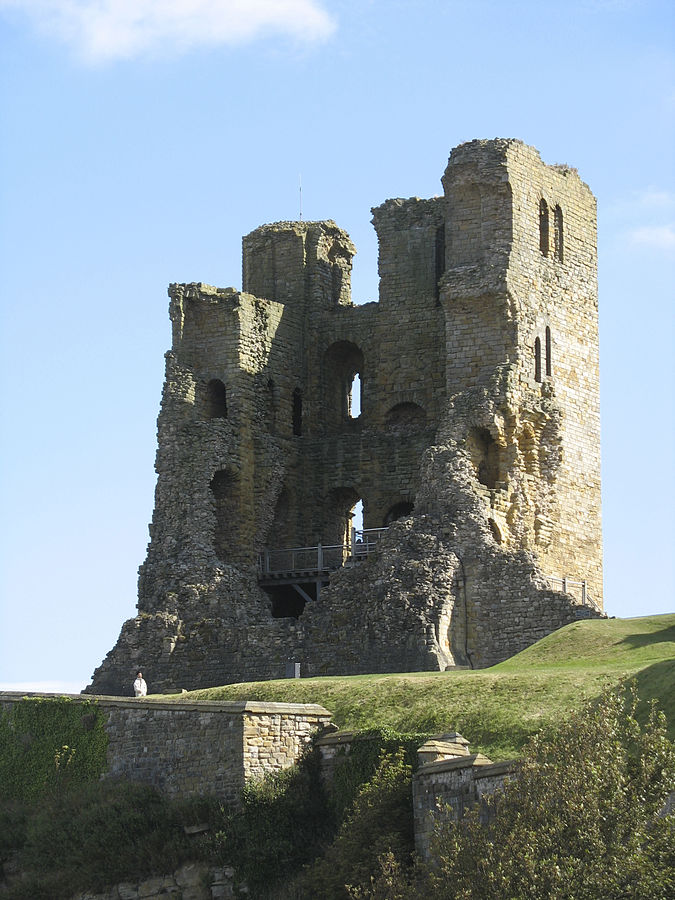
Early archaeological studies of the area suggest that before the castle was built the site had an early hill fort. Items discovered from this hill fort date back to around 3000 years ago and a bronze age sword was discovered there which now resides at the castle’s museum exhibition. During the Roman occupation of Britain there was a signal station built on top of the cliff near to where the hill fort was once located. This station was used to warn the area of approaching hostile sea vessels. The remains of the signal station were excavated in the 1920s and showed that it contained a square foundation around a small courtyard. After the Anglo Saxon migration to Britain a chapel was constructed on the site dated to around the year 1000, the remains are still visible but it is believed the chapel had been destroyed during Harold Hardrada’s invasion in 1066. The first evidence of a settlement in the area coincides with the establishment of a stone castle which was built around 1157 – 1164.
Foundation and development of the castle
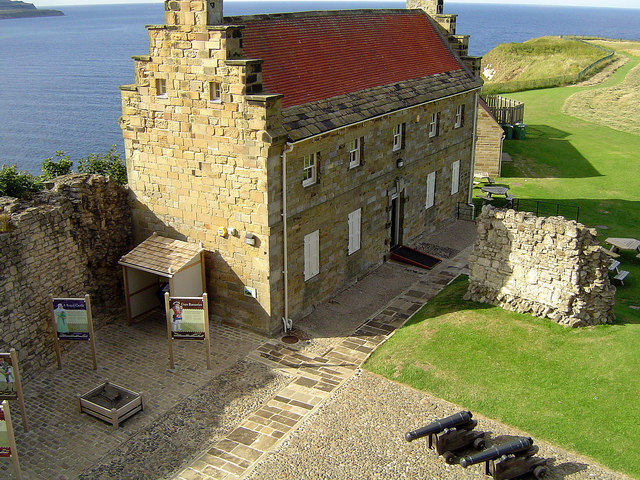
The foundation of the site started with Willian Le Gros, an Anglo-Norman baron and the grand nephew of William the Conqueror. He built a wooden fortification on the site after his receipt of the earldom of York, which he received as commendation for his victory at the battle of the standard. The chronicles of a monk known as William of Newburgh outlines a description of what consisted of the initial castle structure. The castle had a gate tower, a curtain wall, a dry moat and even a chapel. However, this motte and bailey style castle disappeared with only a small raised mound left visible. The fate of the original fortifications is unknown as Henry the second ordered all royal castles returned to the crown and had a habit of destroying castles that didn’t have royal privilege. From 1157 Henry the second rebuilt the castle using stone. Turning it into a three story keep and a stone wall replaced the wooden palisades. The castle became a strategic northern stronghold and the town below was granted the title of Royal Borough. King John ensured the castle was a comfortable residence for himself and his retinue. However, as his rule was strongly opposed by the northern barons he fortified the castle further and made it a strategic stronghold. He visited the castle only four times during his reign, spending a considerable sum to upgrade it including building curtain walls and a new hall called the “king’s Chambers”. During his reign Scarborough castle received the most investment of all the castles owned by the crown. Improvements continued under Henry the Third, by this time Scarborough was a fully fledged port town. Although Henry never visited the castle he did spend a large sum on its upkeep and added new towers and a gateway. Unfortunately around this time the castle was governed by corrupt officials, many of which pocketed the upkeep funds rather than keeping the castle maintained, it fell into disrepair. These same governors also used the castle as a mandate to seize port goods or block roads and illicit illegal tolls.
The castle under siege

In 1312 Gascon Piers Gaveston sought sanctuary in the castle to hide from the barons who imposed the ordinances of 1311. The ordinances were imposed to curb the king’s power and the barons saw Gaveston as the King’s favourite knight, making him a target of interest. In May the Earl’s of Pembroke and Warenne together with Henry De Percy besieged and took the castle. The castle fell quickly despite its strong defences it was lacking in suitable provisions to last out a siege. Gaveston was promised a safe escort out of the castle. However, he was captured on his travels and killed. Scarborough felt the wrath of Edward for not providing Gaveston support as he stripped the city of its royal privileges and placed it under the direct rule of appointed governors. During the hundred years war Scarborough became an important port for the wool trade due to this it was a strategic target and was attacked multiple times by enemy forces. Due to rumours of a potential French invasion an inquiry into the state of the castle led to repairs being carried out between 1396 and 1400. The castle featured in many other battles in the years after, including assaults by the French and the Scottish in the 16th century. During the pilgrimage of grace the castle was assaulted but managed to defend itself and broke the attackers will. The castle was also a pivotal part of the English civil war where it had many sieges laid against it. Initially it was allied to the parliamentarians but swapped to the royalists in march 1643. On the 18th of February 1645 John Meldrum took the town from the royalists and cut off escape routes by land or sea. In response to this the royalist leader of the area Hugh Cholmley, retreated to the castle and refused to surrender, preparing for a protracted siege. The siege would last five months and was one of the bloodiest battles of the civil war with continuous fighting. During this siege the parliamentary forces deployed the largest cannon in the country named the ‘cannon royal’ and proceeded to fire large sized cannonballs into the castle’s defences. The bombardment damaged the castle’s defences but the outer walls were not breached. As the parliamentary forces were unable to take the castle a period of bloody hand to hand fighting occurred around the barbican gateway. By July the tide turned in the parliamentarians favour. With only 25 men fit to fight and suffering constant bombardment and possible starvation and lack of water and gunpowder, the royalists surrendered with only half of the defenders left alive.
Modern day
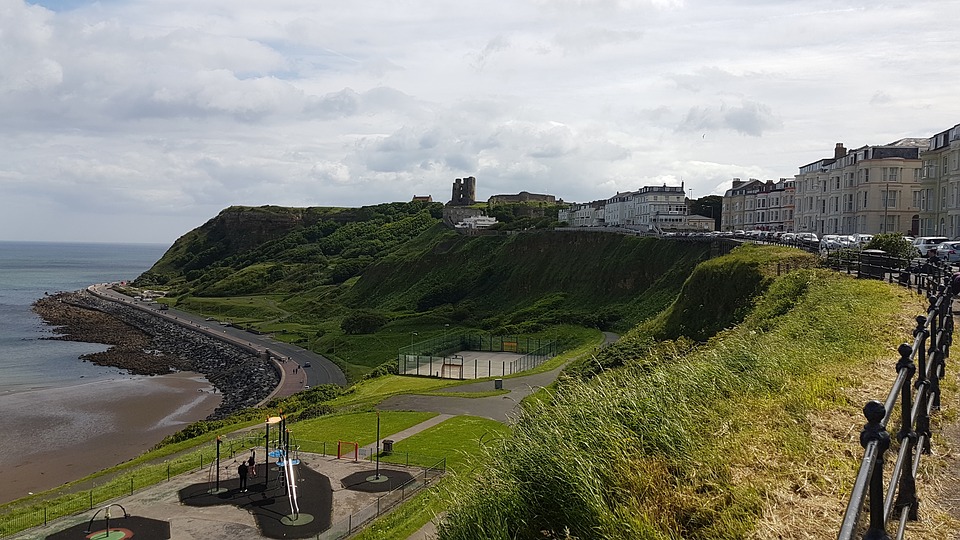
The castle still found use in the more modern times with it currently being a tourist spot. During world war one Scarborough was attacked and subjected to a raid that left extensive damage to the keep and walls from a hail of 500 shells. In the second world war the castle was pressed into service as a secret listening post spying on the communications from the continent. During the second half of the 19th century the castle became enshrined as a tourist attraction. The foundation of a mediaeval hall was excavated in 1888 and an 1890 photograph shows that visitors to the site were utilising it to practice archery. By 1920 the site was taken into public ownership by the ministry of works, the precursor of English heritage. The castle site is now a scheduled ancient monument managed by English heritage since 1984. It hosts many events throughout the summer including kite festivals and other family friendly activities. The master gunners house is currently utilised as a museum with its centrepiece being a bronze age sword and a visitors centre provides the rest of a tourists’ needed amenities. The grounds of the castle itself are also apparently haunted by three ghosts with one notably being a roman soldier.

